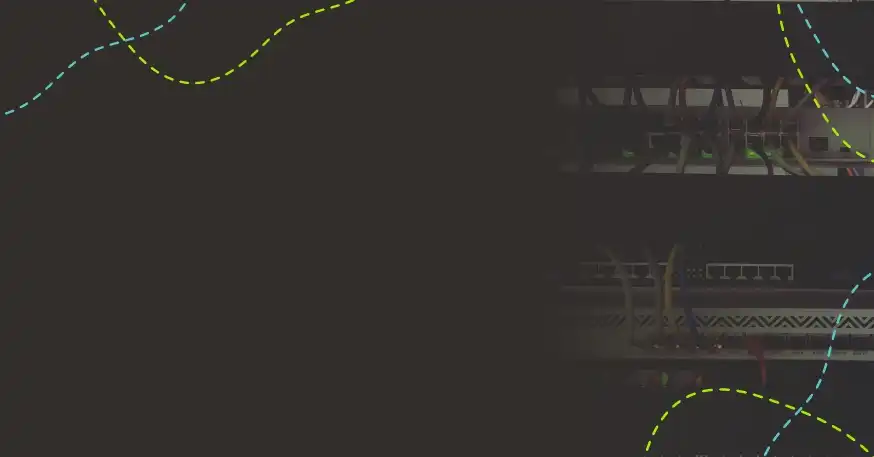What is Tungsten Fabric?
Tungsten Fabric, formerly known as OpenContrail, is an open-source project created to build many of the elements of network security and network virtualization.
Tungsten Fabric, developed by JuniperNetworks before it became the Linux Foundation open-source project, provides security and connectivity for virtual, containerized, or bare-metal workloads. It connects the physical and virtual worlds – thanks to the Tungsten Fabric open-source project, you can easily connect your legacy data center devices with SDNs (Software-Defined Networking) and manage them together from a single interface. Tungsten Fabric often replaces the default network component in a particular cloud and can be controlled by the cloud orchestrator. You can connect and manage SmartNIC devices, SR-IOV clusters, public clouds (multi-cloud or hybrid), and third-party proprietary solutions. The Tungsten Fabric architecture consists of control plane and data plane components.
The control plane components of Tungsten Fabric are:
- Config – here network topologies are configured. This component of TF is responsible for data plane monitoring and for modifying it according to current requirements. Config has two optional components: Device Manager and Kube Manager.
- Control – controlling routing in the cloud, synchronizing routing tables in the data plane, exchanging routing information with other TF components and external routers, and sending rules to vRouter agents.
- Analytics – collecting information from config, control, and compute. What is also important is that the information is considered while choosing the right location for the newly created object; e.g. a logical router.
The data plane components of Tungsten Fabric include vRouter and its agents.
Why use Tungsten Fabric?
The platform uses OpenStack and Kubernetes orchestrators. Tungsten Fabric implements virtual networking in cloud environments. It is based on proven networking technologies which means it’s a perfect fit for you if you work with virtualized workloads and cloud automation projects, whether in a large-scale organization with its own data center, or a startup. There are many important features of Tungsten Fabric to take a closer look at.
Key features of Tungsten Fabric:
- Multi-tenant IP address management
- Scalable, multi-tenant networking
- DHCP and ARP proxies
- App-based security policies
- Dual-stack IPv4 and IPv6
- Network address translation
- Distributed load balancing across hosts
- BGPaaS – BGP as a Service
- Service channing
- Easy connection of TF with services in operator network (L2/L3 VPN)
The platform can be helpful in managing everyday operations like device maintenance or upgrades.






